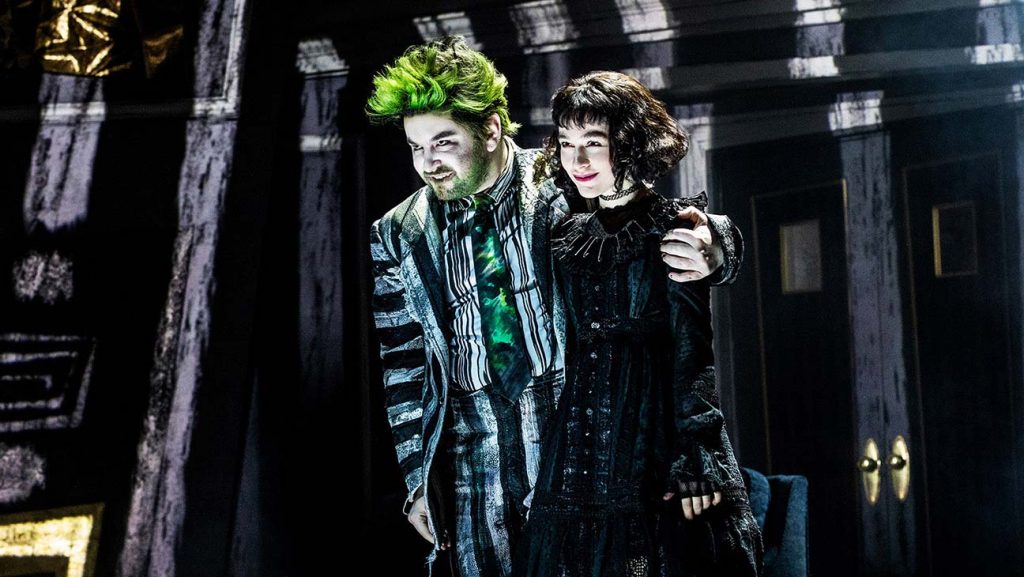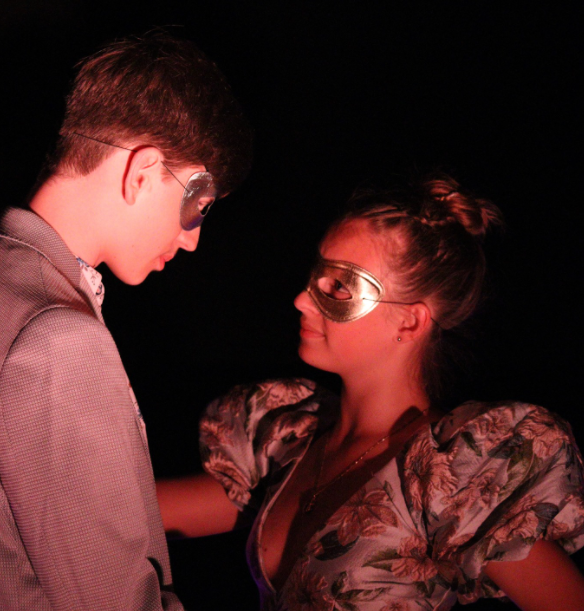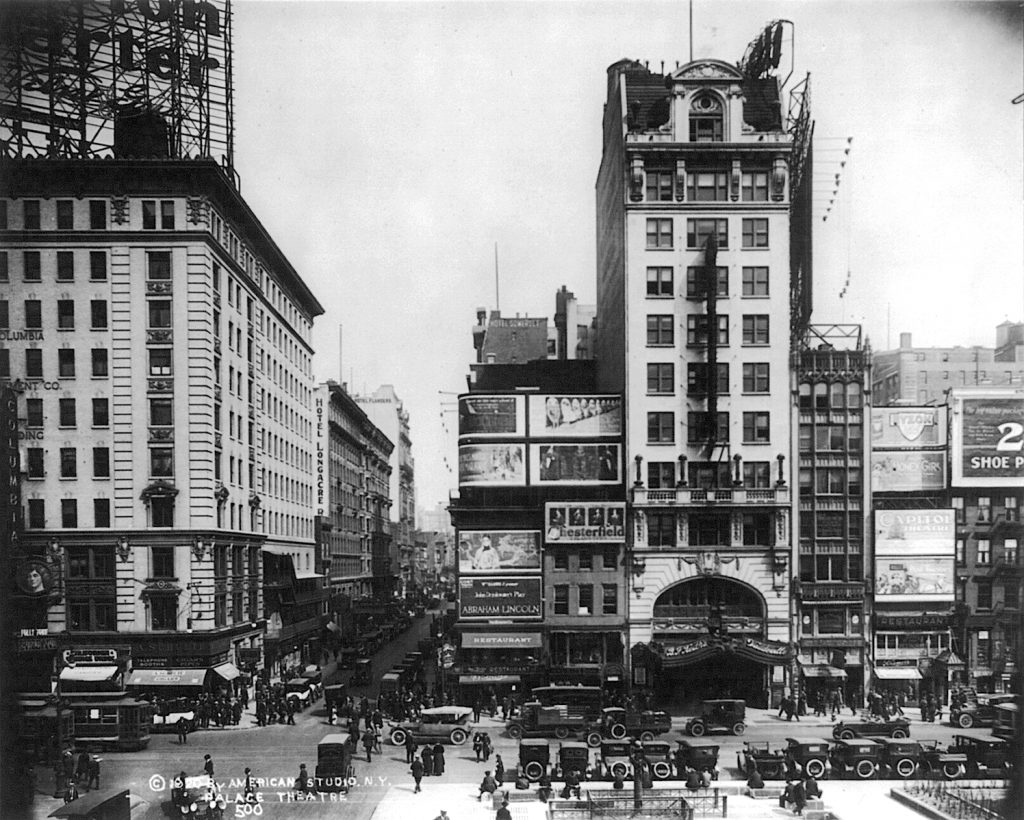
100 Years On: Musical Theatre of the 1920s
While musical theatre began to establish itself in the mid 19th century, there’s little doubt that its prominence in the 1920s secured its place as a respected form of performance art. With megahits like ‘Showboat’ and the growing popularity of jazz music, it was musical theatre that trumped the commercial theatre world in the post-WWI era.
Over the past 100 years, the genre continues to hold its place as one of the most profitable styles of theatre. However, many of those productions written in the past have messages that are no longer deemed socially acceptable, and creatives now face the dilemma of respecting the historical context of shows whilst simultaneously avoiding discriminatory or reprehensible storytelling.
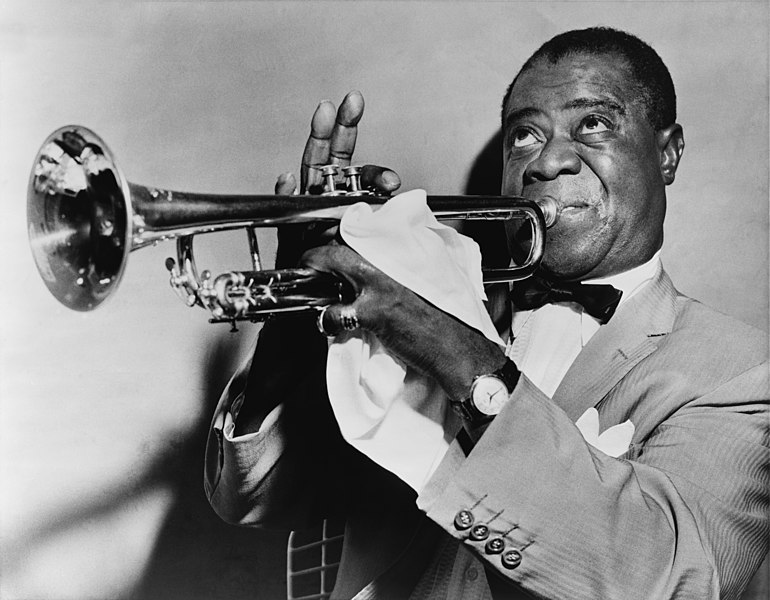
Brushing over the terrible social divides and inequities of the 1920s, it is easy to glorify and encapsulate the period by the rise of jazz music. A style that is both celebratory and modern, jazz created names such as Louis Armstrong, Duke Ellington, and Bessie Smith. Not to mention, it was a style of music that made people dance and smile, drink and cheer, and provided a muse to creativity. Due to its quick uptake and increasing adoration, commercial theatre adopted the genre to provide a soundscape to the upbeat and glamorous productions of the 1920s. As mentioned before, ‘Showboat’ was just one of many that latched on to the music.
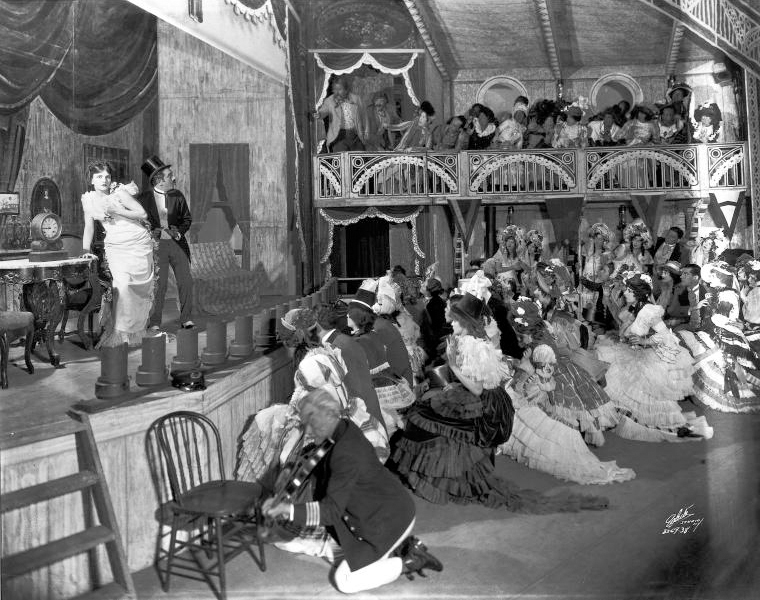
Progressive for its time, Hammerstein’s ‘Showboat’ dealt with difficult social issues, such as racial discrimination, but this did not deter crowds from flocking to the theatre. Critics responded positively and enthusiastically, and the show ran for over 500 performances on Broadway. With several revivals, radio plays and film adaptations, ‘Showboat’ continues to have a place in the memories and hearts of many. Whilst critics of the time called ‘Showboat’ “a revelation”, the same is no longer true for many in the arts community who deem the terminology and caricatures presented as both racist and outdated.

In a modern and somewhat more progressive Western world, it is difficult to ignore the prominence of both unacceptable words and actions in old works. Whether it be books, films, radio plays or theatre, history does not always do a work justice. The shadow on many pieces from the 1920s is the explicit and unavoidable discrimination that plagued past realities, and also, therefore, the shows birthed at that time. The challenge which remains unsolved, therefore, is in deciding whether to produce said shows and in what manner. To forget history is to remake the same mistakes once again, but to celebrate it without a critical eye is to encourage said repetition as well.
There is much to celebrate about the 1920s, not in the least the rise of a fun-loving and energetic art form, but there are always difficulties in the past as well. Produce the classics, perform them, revisit them and explore them. But reflect on the long and treacherous journey many have made these past hundred years and cast a critical lens on the works of history. Science may stand on the shoulders of giants, but in the arts, one stands on the shoulders of real people, in all their glory and mistakes.
Are you keen to bring certain musical theatre shows back to life? Let us know in the comments section below what production you would revamp.
Images Sourced are Public Domain.





